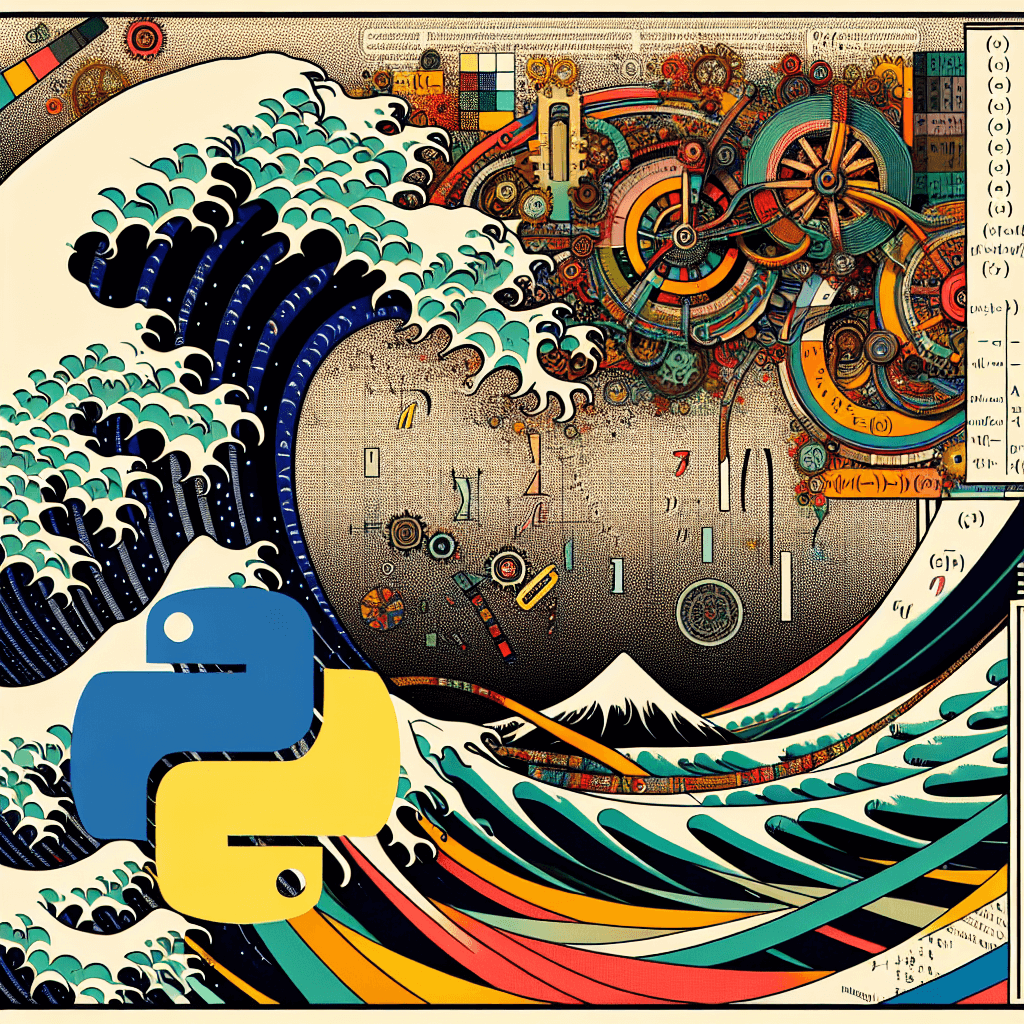Exploring Tarski's Primary Distinction Operator in Python: A Computational Perspective
syndu | Sept. 24, 2023, 9:27 a.m.

Exploring Tarski's Primary Distinction Operator in Python: A Computational Perspective
Introduction:
In the realm of logic and philosophy, Alfred Tarski's primary distinction operator has been a topic of interest for many scholars. This operator, which essentially distinguishes between different states or conditions, has found its way into the field of computer science, particularly in the realm of programming languages like Python. Let's delve into how this concept can be applied programmatically and explore potential computational shortcuts.
Tarski's Primary Distinction Operator and Python:
In Python, conditional statements are the primary manifestation of Tarski's primary distinction operator. These statements allow the program to evaluate whether a certain condition is met and then perform an action based on the result. This is the fundamental way of distinguishing between different states or conditions in a program.
However, Python doesn't have a built-in function or method that directly corresponds to Tarski's primary distinction operator. Instead, it's the logical structure of the language itself, particularly the use of conditional statements, that embodies this concept.
Leveraging Numpy and Scikit-learn:
While Python's standard library doesn't have a direct implementation of Tarski's primary distinction operator, libraries like Numpy and Scikit-learn can provide computational shortcuts that align with this concept.
Numpy, a library for numerical computing, offers a wide array of functions that can be used to perform operations based on certain conditions. For instance, the numpy.where function can be used to create a new array with values based on a condition. This is akin to applying Tarski's primary distinction operator, as it distinguishes between different states (i.e., whether the condition is met or not) and performs an action based on the result.
Scikit-learn, a library for machine learning, also offers several tools that can be seen as computational manifestations of Tarski's primary distinction operator. For example, decision trees and other classification algorithms in Scikit-learn work by creating a model that distinguishes between different states or classes based on certain conditions.
Conclusion:
While there isn't a direct implementation of Tarski's primary distinction operator in Python or its libraries, the concept is deeply ingrained in the logical structure of the language and its conditional statements. Libraries like Numpy and Scikit-learn offer functions and tools that align with this concept, providing computational shortcuts for distinguishing between different states or conditions. As we continue to explore the intersection of philosophy and programming, it's fascinating to see how age-old concepts like Tarski's primary distinction operator find their place in modern computational contexts.
"It's the logical structure of the language itself, particularly the use of conditional statements, that embodies this concept"
